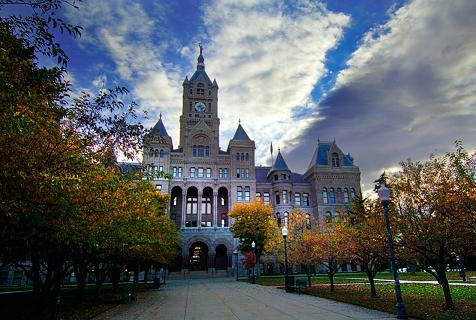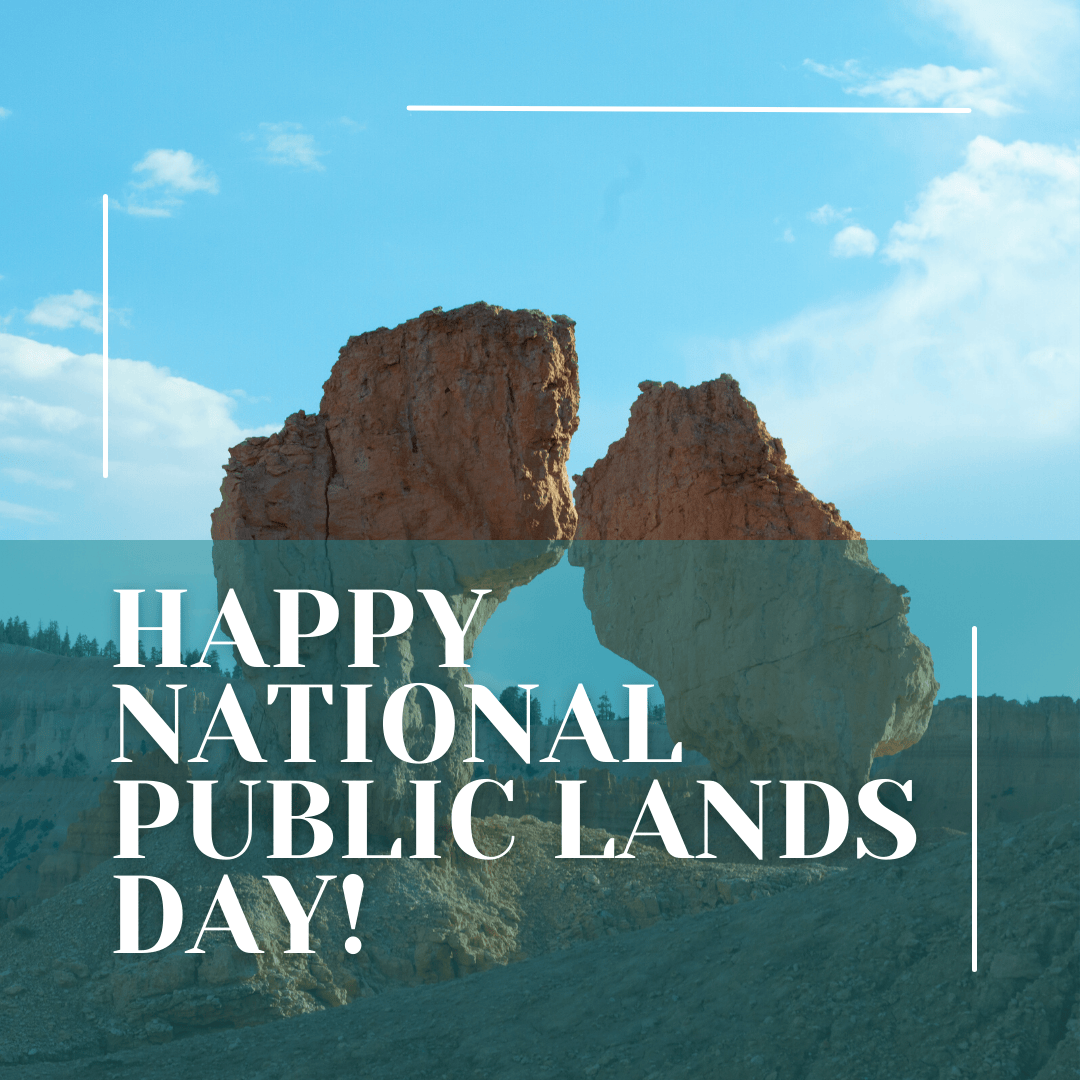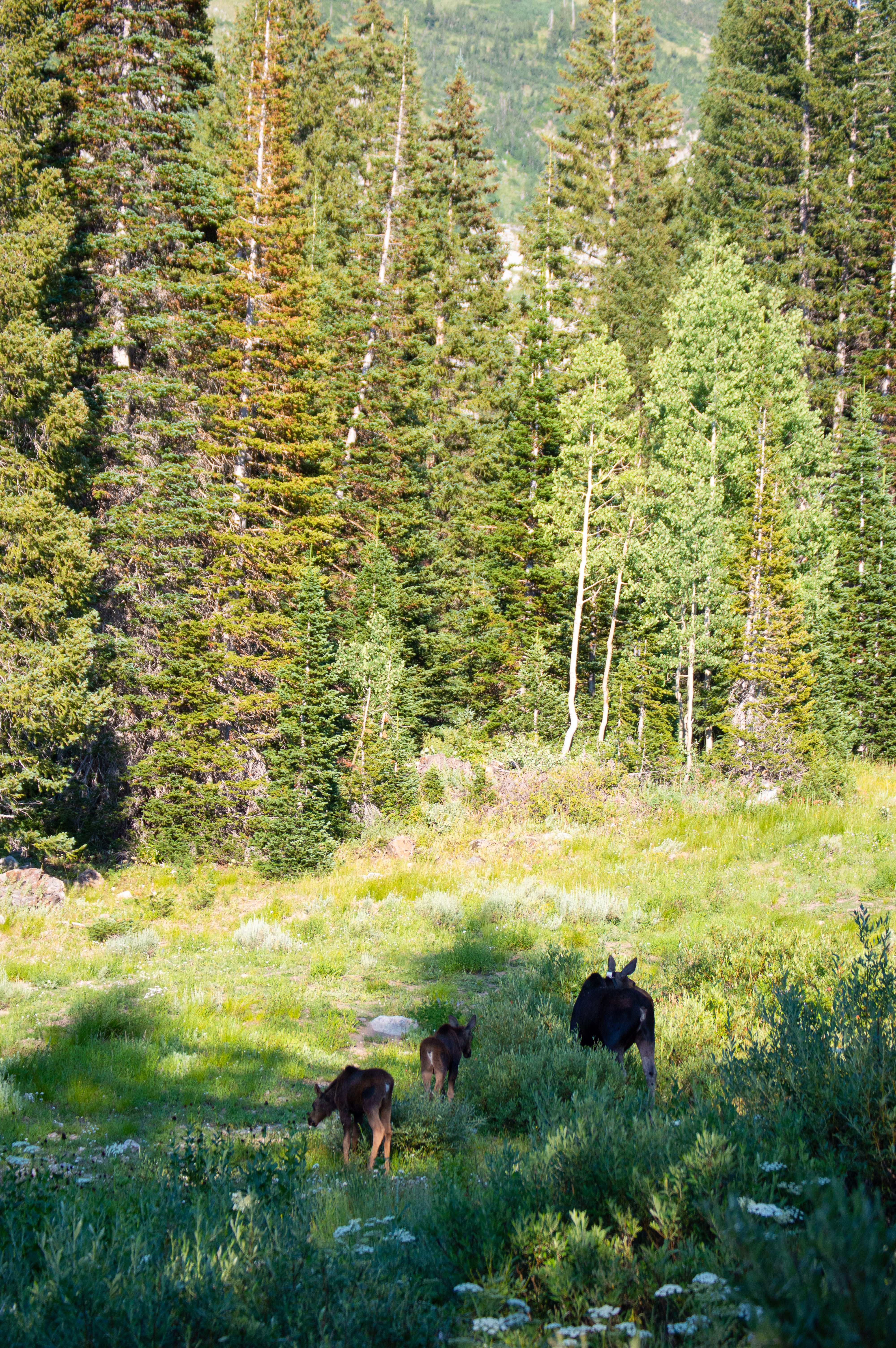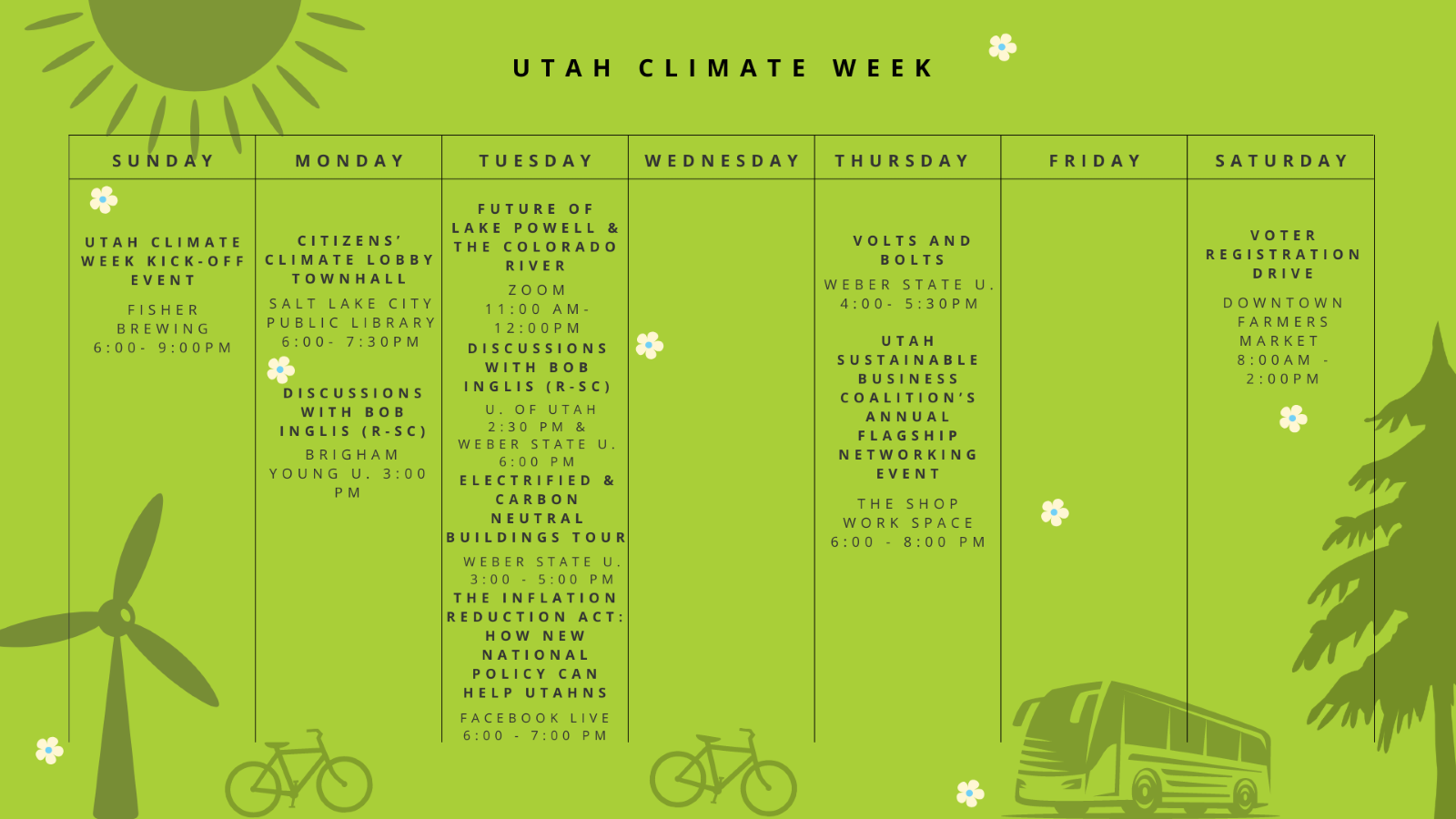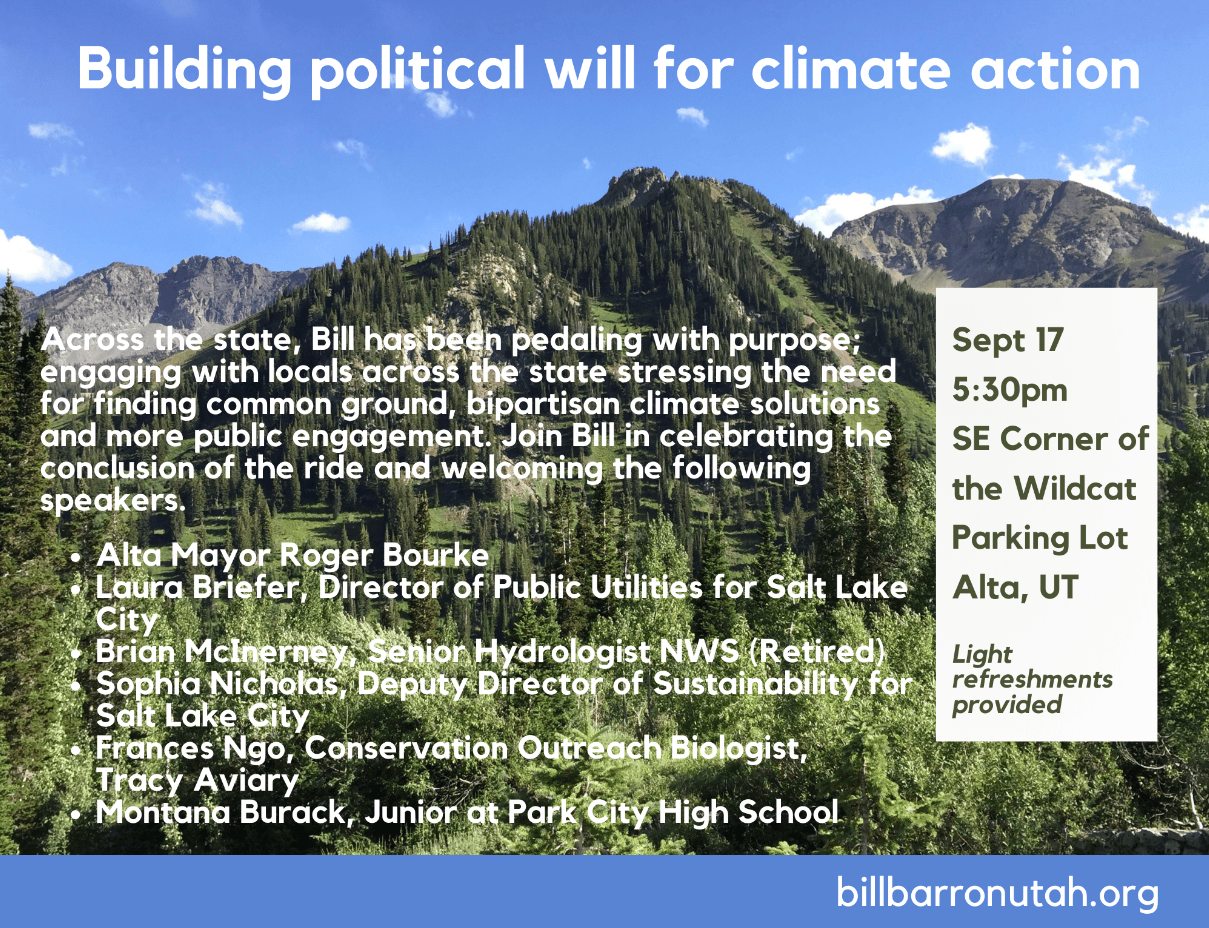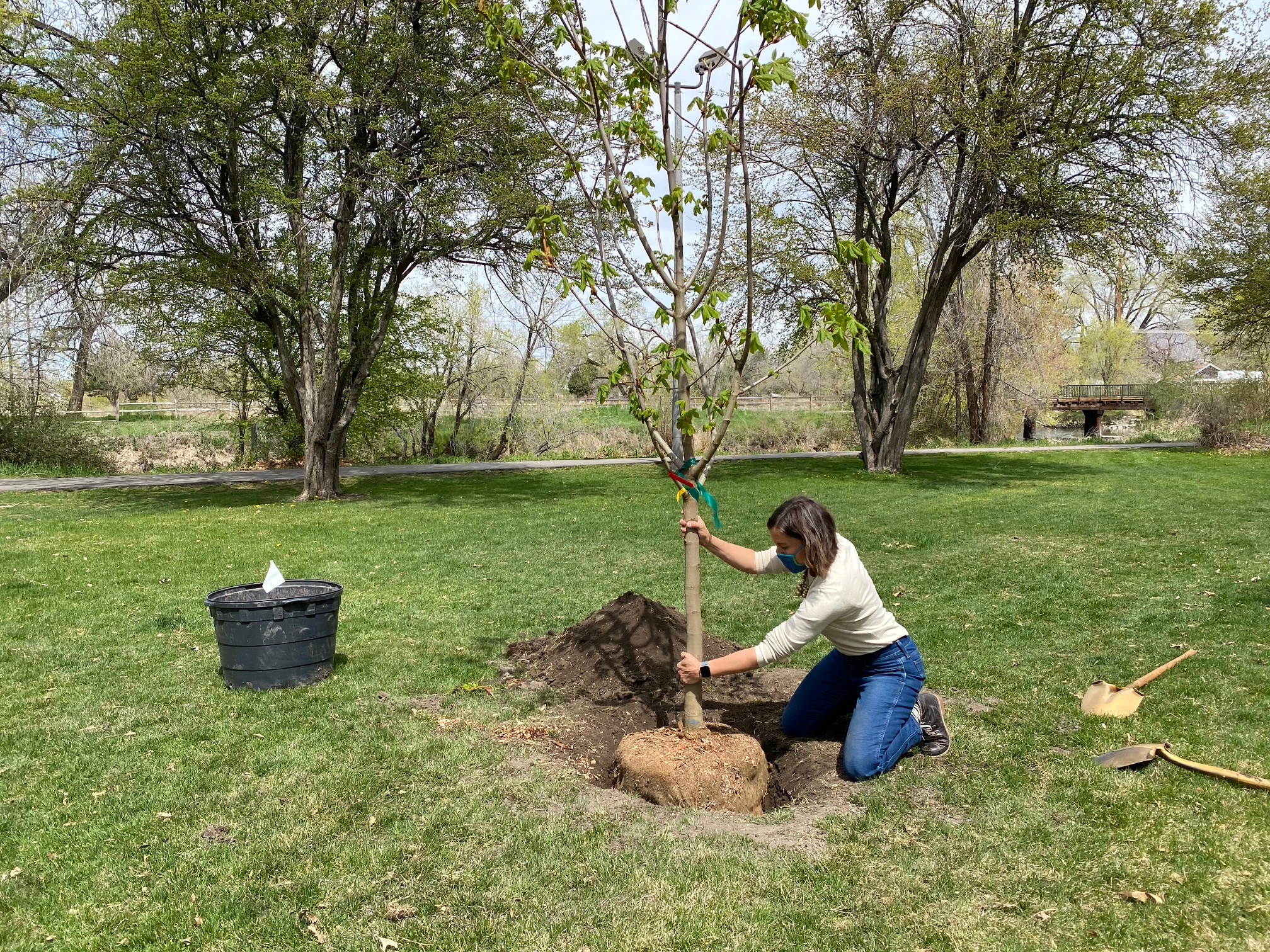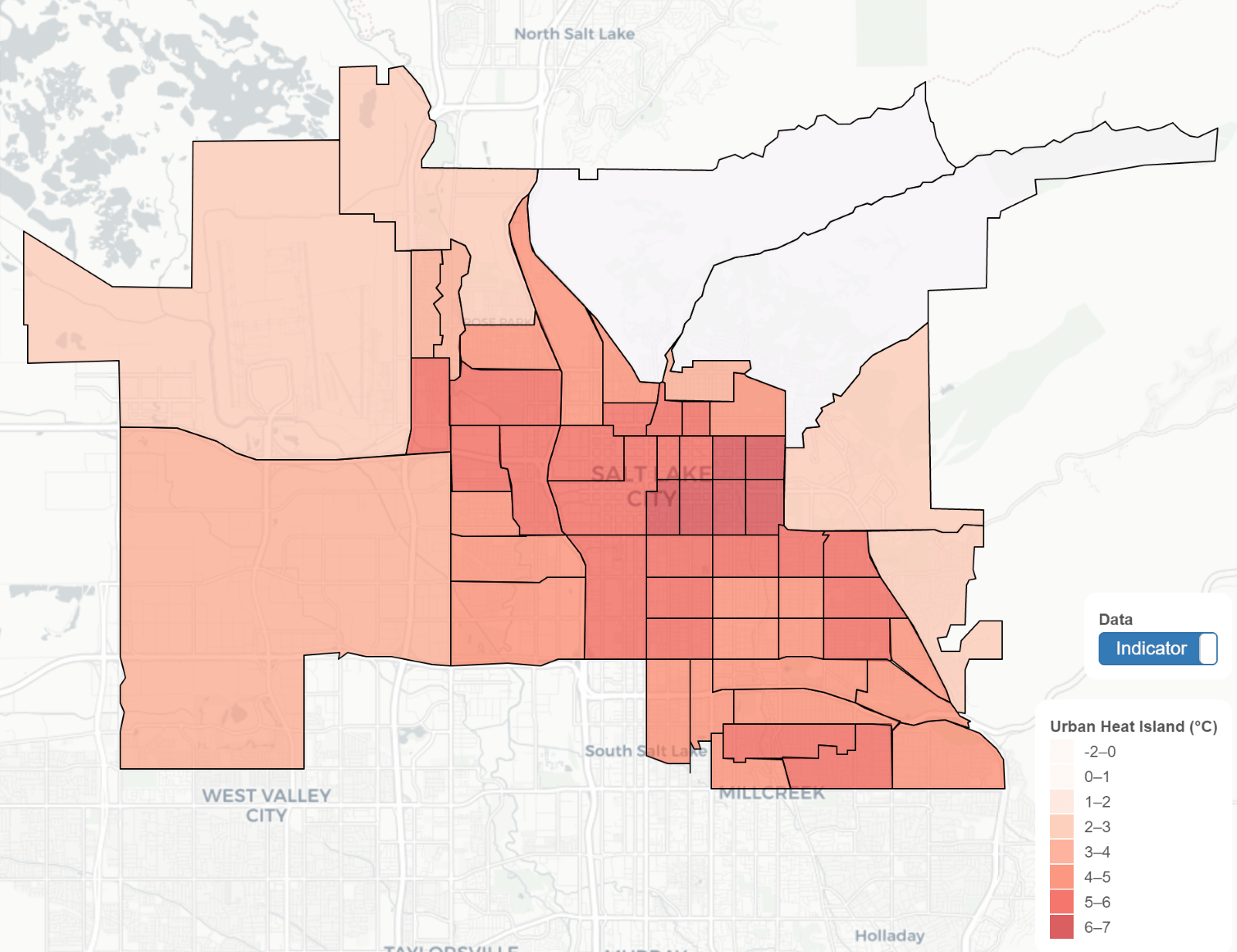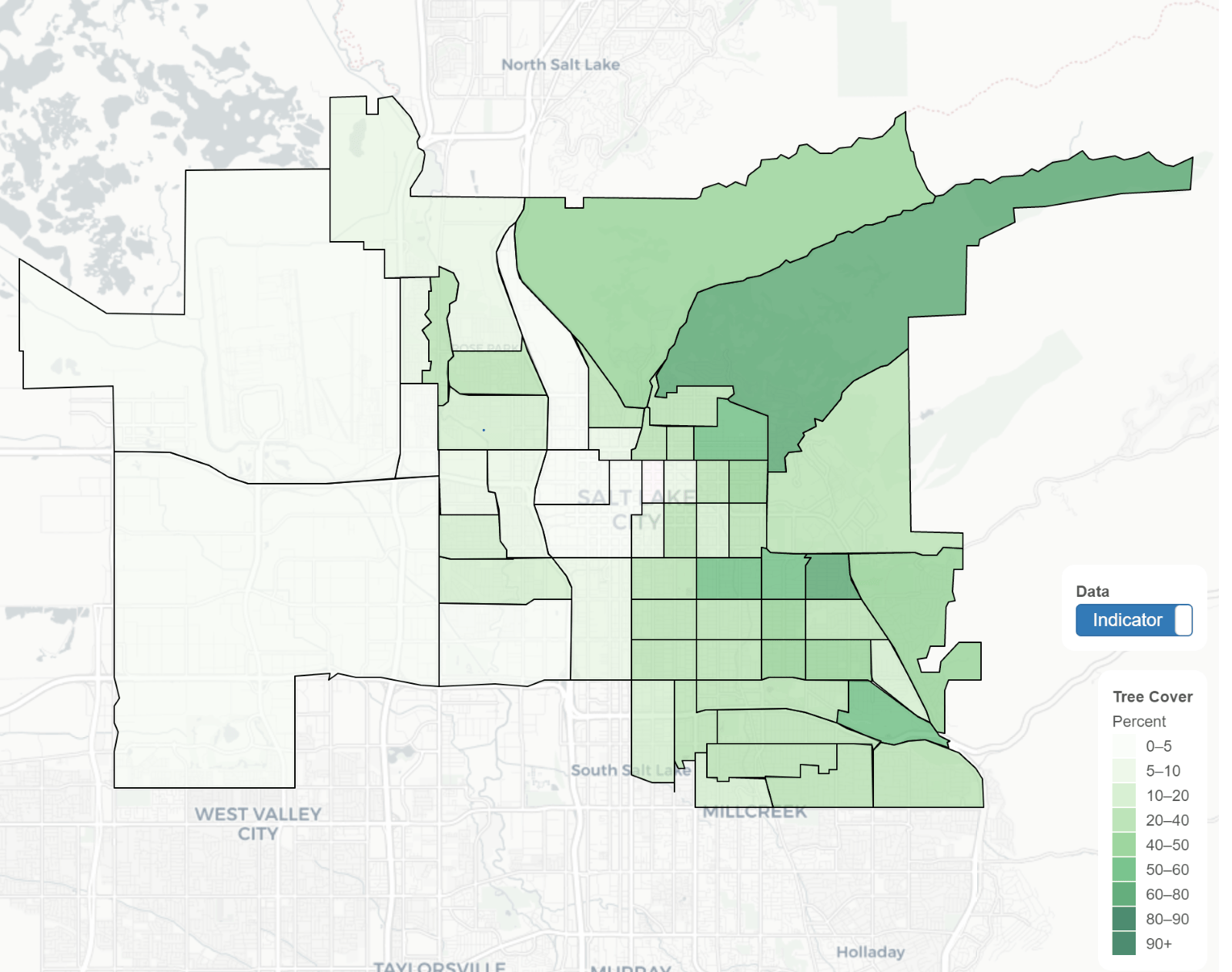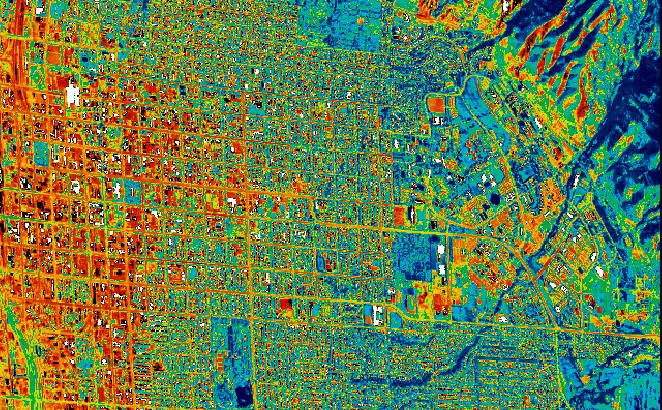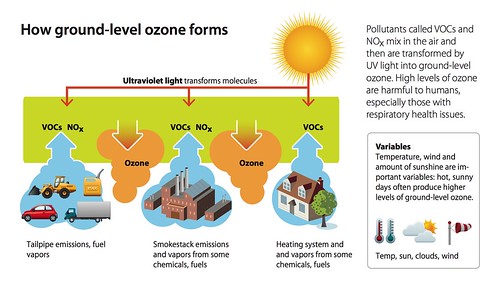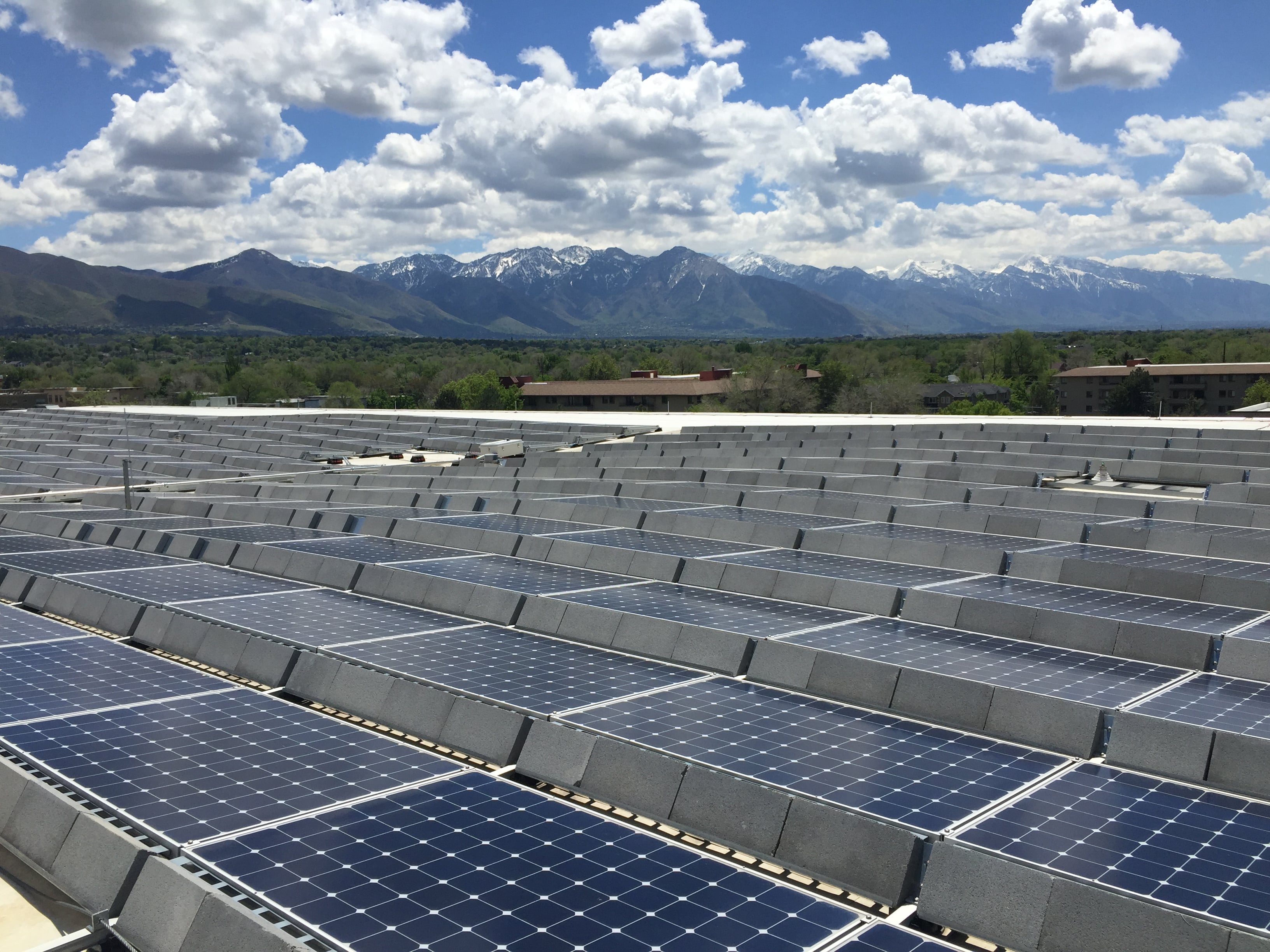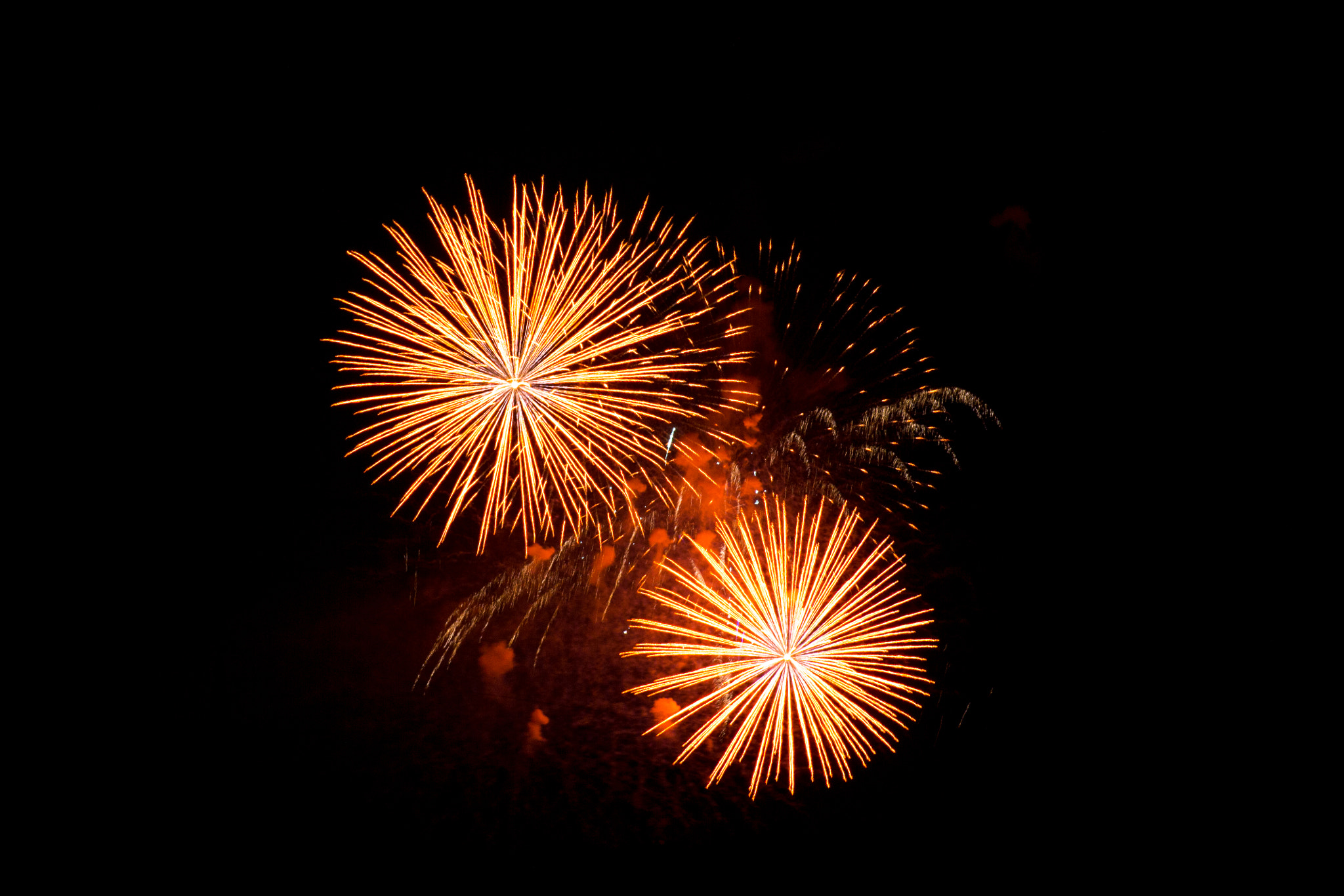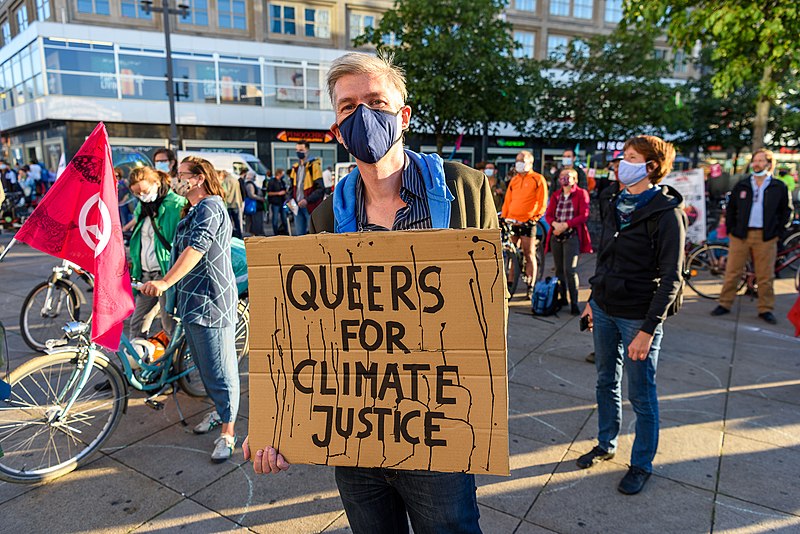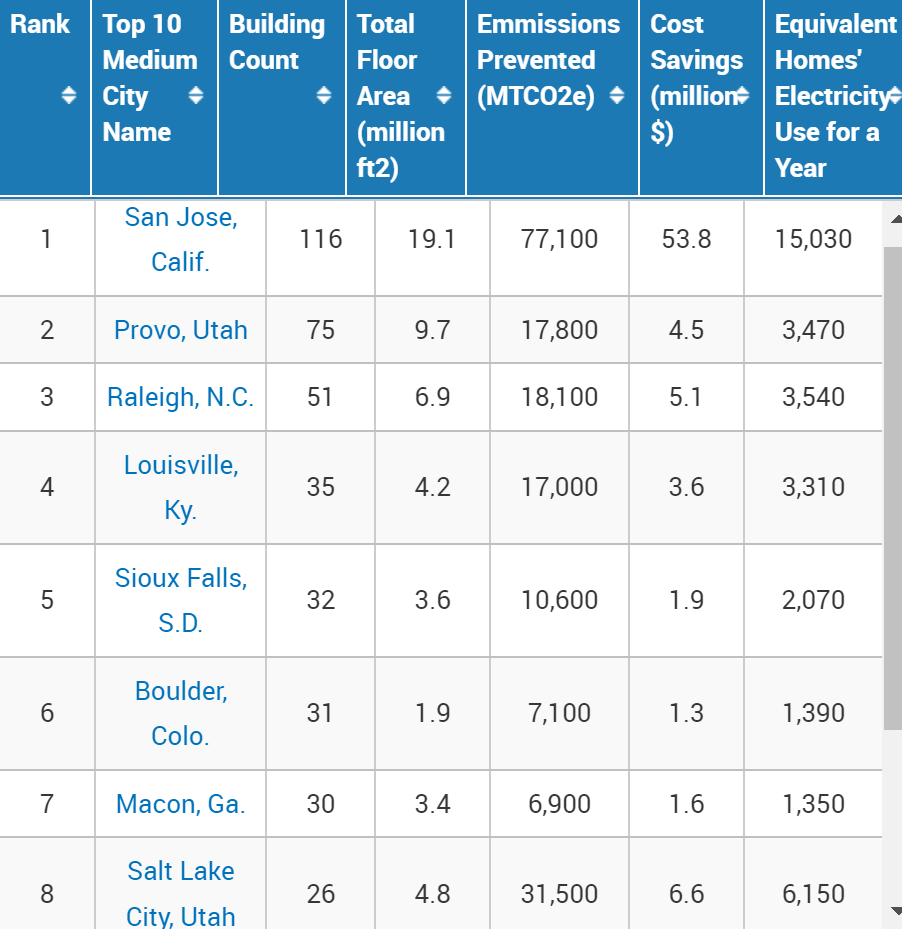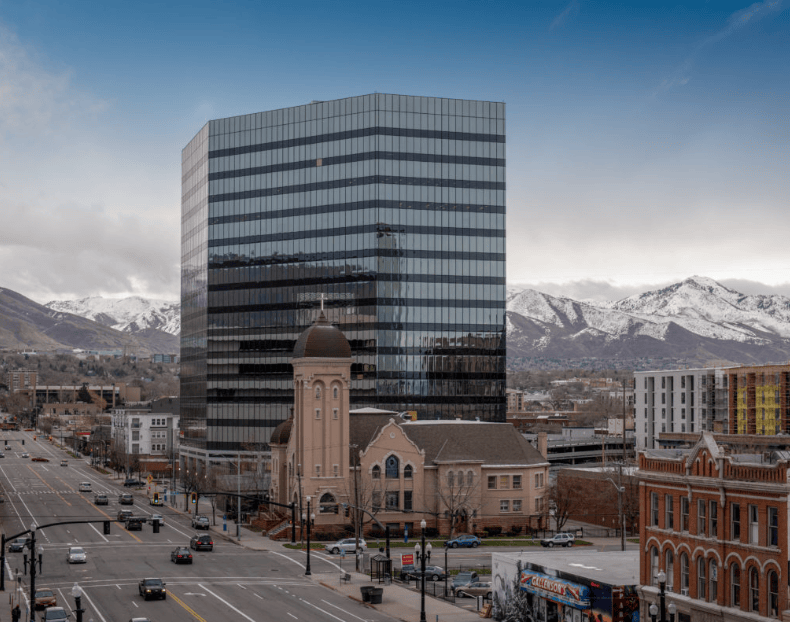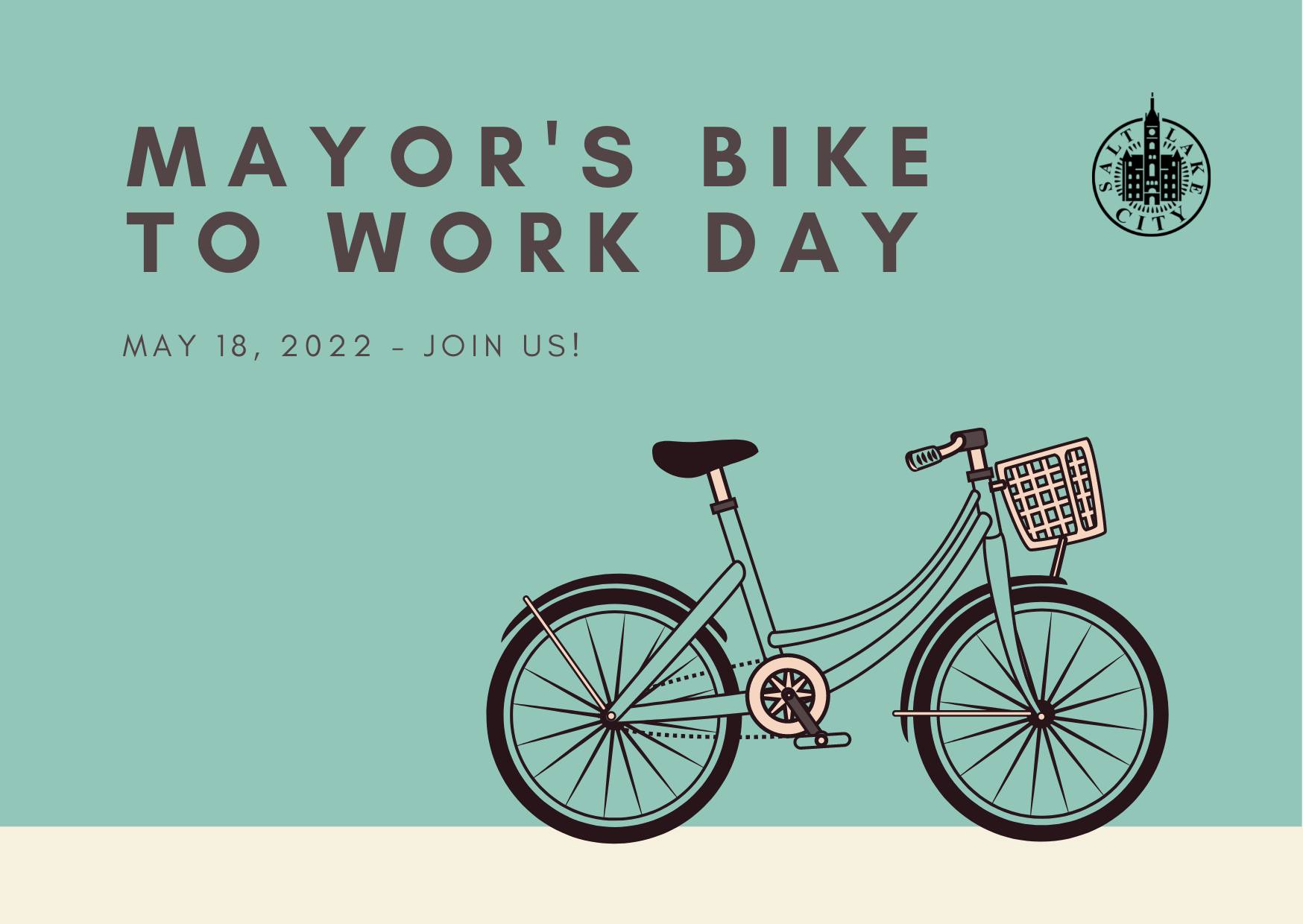What This Means and Why it is Important for our Air Quality and Climate
It’s the Sixth Annual Utah Climate Week and we’re bringing you news and tips from around Salt Lake City.
Today, we wanted to highlight an exciting update made in 2022 to Salt Lake City’s internal Comprehensive Sustainability Policy.
This policy was originally put in place in 2017 to cover a wide range of practices affecting Salt Lake City Corporation’s internal operations, standards, and protocols across seven different policies.
Each policy addresses the rules, regulations, and sustainable practices that must be considered and/or implemented while executing City operations that fall within one of the seven following categories: air quality and climate change, chemical reduction, materials management, petroleum storage tanks, property acquisition or sale, sustainable procurement, and water.
For example, the policy includes things as far-ranging as reducing paper waste and minimizing the use of plastic water bottles, to setting the standard when it comes to how we construct or remodel our municipal buildings.
We are practicing what we preach when it comes to sustainability!
The City’s Comprehensive Sustainability Policy was already significant in requiring that new construction or major renovation projects of City buildings over 10,000 square feet be evaluated for Net Zero Energy and be built to achieve at least LEED Gold. Salt Lake City’s Net Zero Public Safety Building and two Net Zero fire stations (FS 14 and FS 3) were constructed with these high environmental standards.
In 2022, at the urging of Mayor Mendenhall, we took the policy even further to require the evaluation of all-electric provisions for major new construction or renovation.
Continue reading
